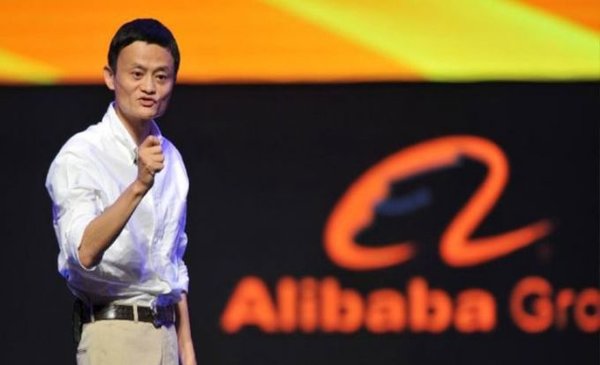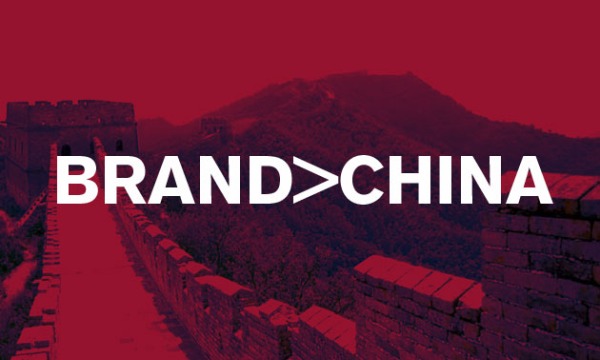Almost 20 years ago, I first set foot in developing China, and into the early boom years of that country’s remarkable transformation. As the first Marketing Director for Procter & Gamble China, over the next 3 years I saw the incredible vibrancy, growth and opportunity of a developing market firsthand.
Since then, I’ve led organizations with businesses in virtually every major developing market around the world. While no two markets are precisely the same, they share many important features when it comes to Marketing success or lack thereof.
So, it’s natural to reflect: what have I learned as a Marketer from those experiences?
1. Walk the Street – When I arrived in China in 1994, it was like landing blindfolded in an emerging market. There were no TV ratings or market share data beyond Guangzhou, Beijing, and Shanghai—which collectively accounted for 5% of the Chinese population.
What to do?
Walk the street. Once a month, we would get on a plane and travel to a secondary provincial city and walk the streets, visiting 15-20 stores a day, talking to the merchants about what sold, what didn’t, and why.
Sometimes the best market research is simply getting out and talking to lots and lots of real people. That’s how we learned that sachets, or small 5-10g bags of detergent for once a week use, would never work like they did in shampoo.
2. Go Local – Expanding global brands into local markets can be daunting. Stories of branding disasters fill the chapters of International Marketing books as lessons on what not to do. Yet localizing your brand is crucial to success, and this goes beyond the name and advertising.
P&G’s early China success was driven by deep distribution. In the top 200 cities, they divided each city into a checkerboard and assigned a salesperson with a 3-wheel bicycle to cover each square. In rural areas, they hired college students for the summer to ride motorcycles to rural villages to give away free samples and educate retailers on the location of the nearest wholesale market
At American Express, we learned that Russian consumers used U.S. dollar Traveler Cheques not for travel, but to hold cash safely at home—because they didn’t trust either the local banks or the ruble. Presto: we created American Express Secure Funds Cheques, and grew sales to almost $1B within 3 years.
3. Expect the Unexpected – Of all my learnings, this is the most difficult to explain to people who’ve only worked in developed markets. Why? Because the things that happen in developing markets are often so far beyond the bounds of what you would experience in a developed market it’s just hard to imagine them ever happening. Sometimes a story is the only way to make the point.
Waiting for a flight in the Kunming, China airport, I once saw a TV ad for the Chinese Crest toothpaste. The only problem was that when the product “reveal” came in the ad, the brand wasn’t Crest, but rather a local brand which had stolen the Crest advertising and spliced in their own brand to the ad!
In developing markets, you have to be ready to overcome whatever obstacle comes your way—including fake Crest ads–which is why we had a saying in P&G China: “yo bon fa” or “it can be done.”
4. Partner Wisely – In many developing markets, it is foolhardy, if not illegal, to enter the market without a local joint venture partner. Partners often have important government connections and relationships that are essential for the outsider to understand the local market regulations, etc.
I’ve seen both good and bad partners. Good ones can help get distribution for your brand, find marketing suppliers, help identify competitive threats and generally speaking, get things done.
Bad ones can damage your brand. For example, one Chinese joint venture partner sold our Tide packaging to counterfeiters—damaging not only our top line revenue, but also our brand experience with consumers–who after washing, only got a bunch of still dirty clothes.
5. Stay the Course – Developing markets are, by definition, developing. This means that +10-15% growth on a small base is, well, still small. Sometimes, people will ask: is all of this hassle really worth it? Well, as any mathematician knows, compounding adds up fast.
P&G started up in China in 1988 – 8/8/88 to be precise – a very good day in a culture that reveres lucky 8’s. By the time I left China in 1997, almost 10 years after entry, P&G sales were just south of $1B—of the almost $36B of total company sales—big in the absolute but small as a percentage of company revenue.
But now, 20+ years on, P&G routinely reports China’s double-digit sales growth as a key driver of their global sales. Developing markets take time to develop, but when they do, they have real impact.
Developing Market Lessons Learned
The fundamentals of Marketing in developing markets are no different than developed markets: understanding consumers, developing a superior value proposition, and communicating it with consumers in a relevant and highly persuasive manner.
What’s different is “how” you do these things, and how many non-Marketing factors like joint venture partner selection, lack of data, and unexpected actions by regulators or others can disrupt your best laid plans.
But for me, there’s nothing that compares with the buzz of launching a great brand in a developing market, and seeing it grow into an iconic and lasting part of the commercial landscape. Which is why the next time in China, you can bet I’ll be looking for Tide in the local stores.
The Blake Project Can Help You Expand To New Markets. Take The First Step With Us.
Branding Strategy Insider is a service of The Blake Project: A strategic brand consultancy specializing in Brand Research, Brand Strategy, Brand Licensing and Brand Education




